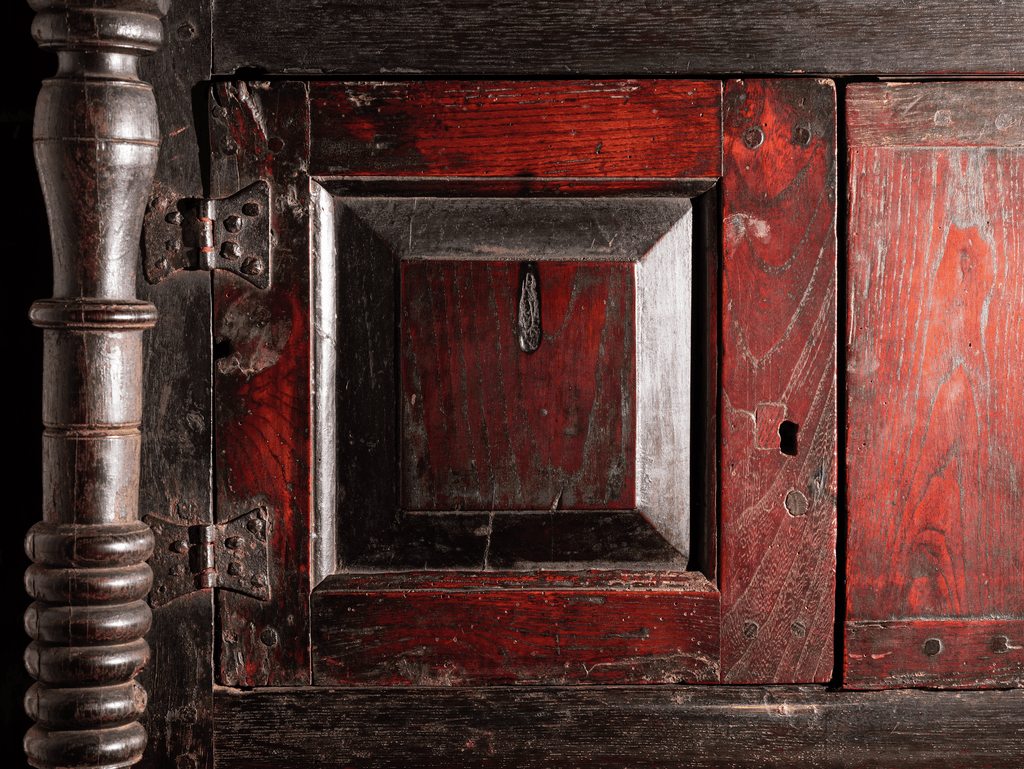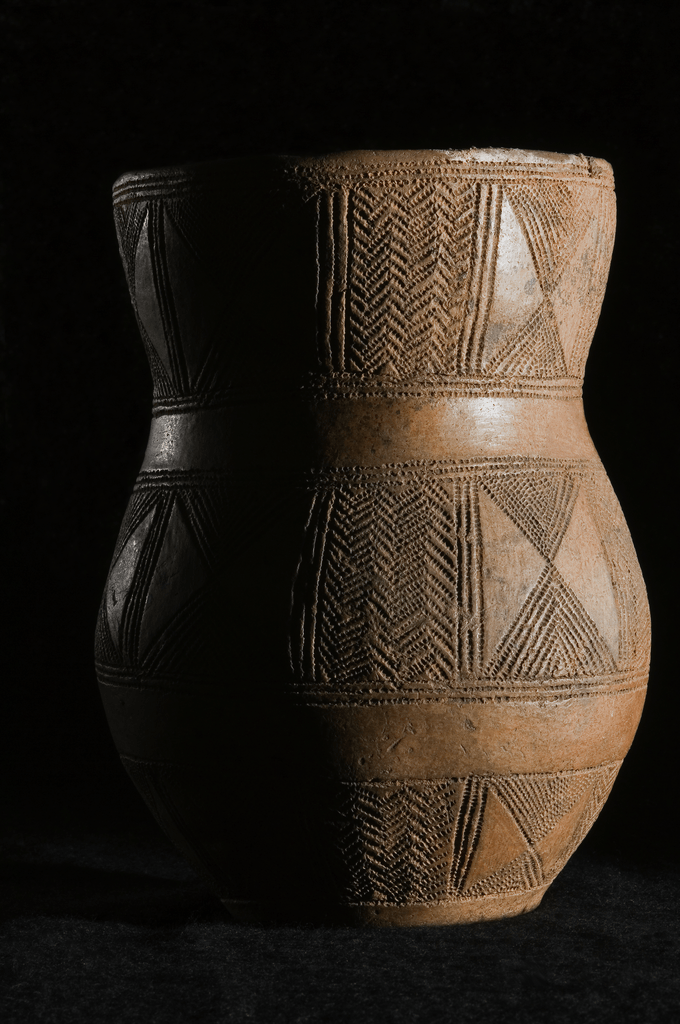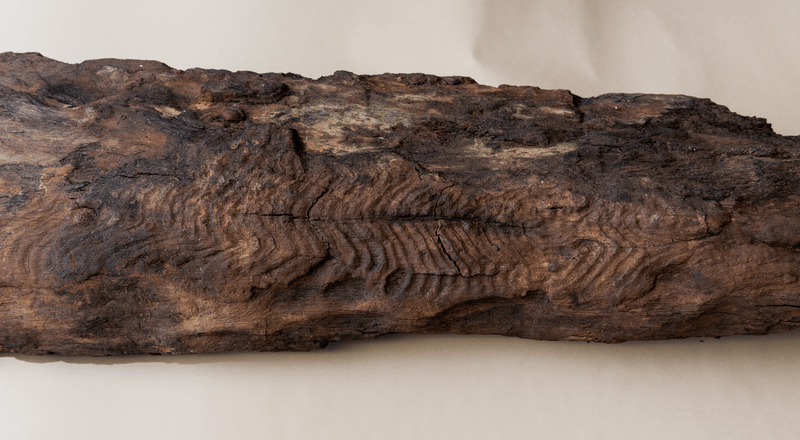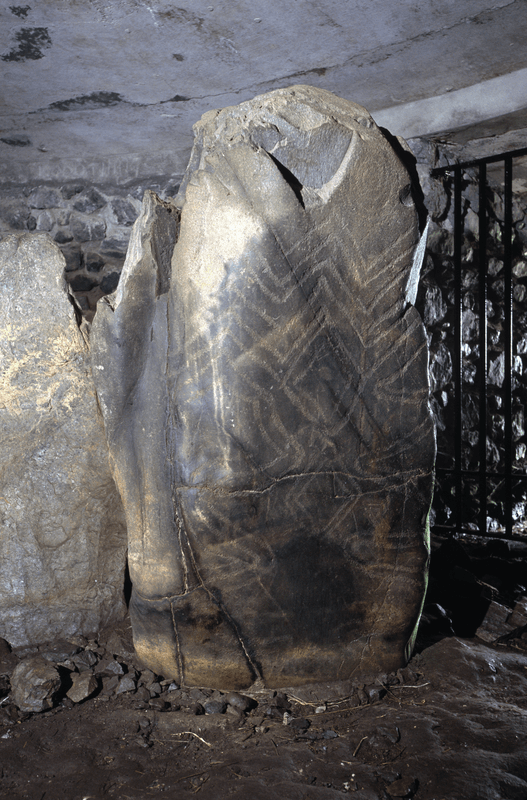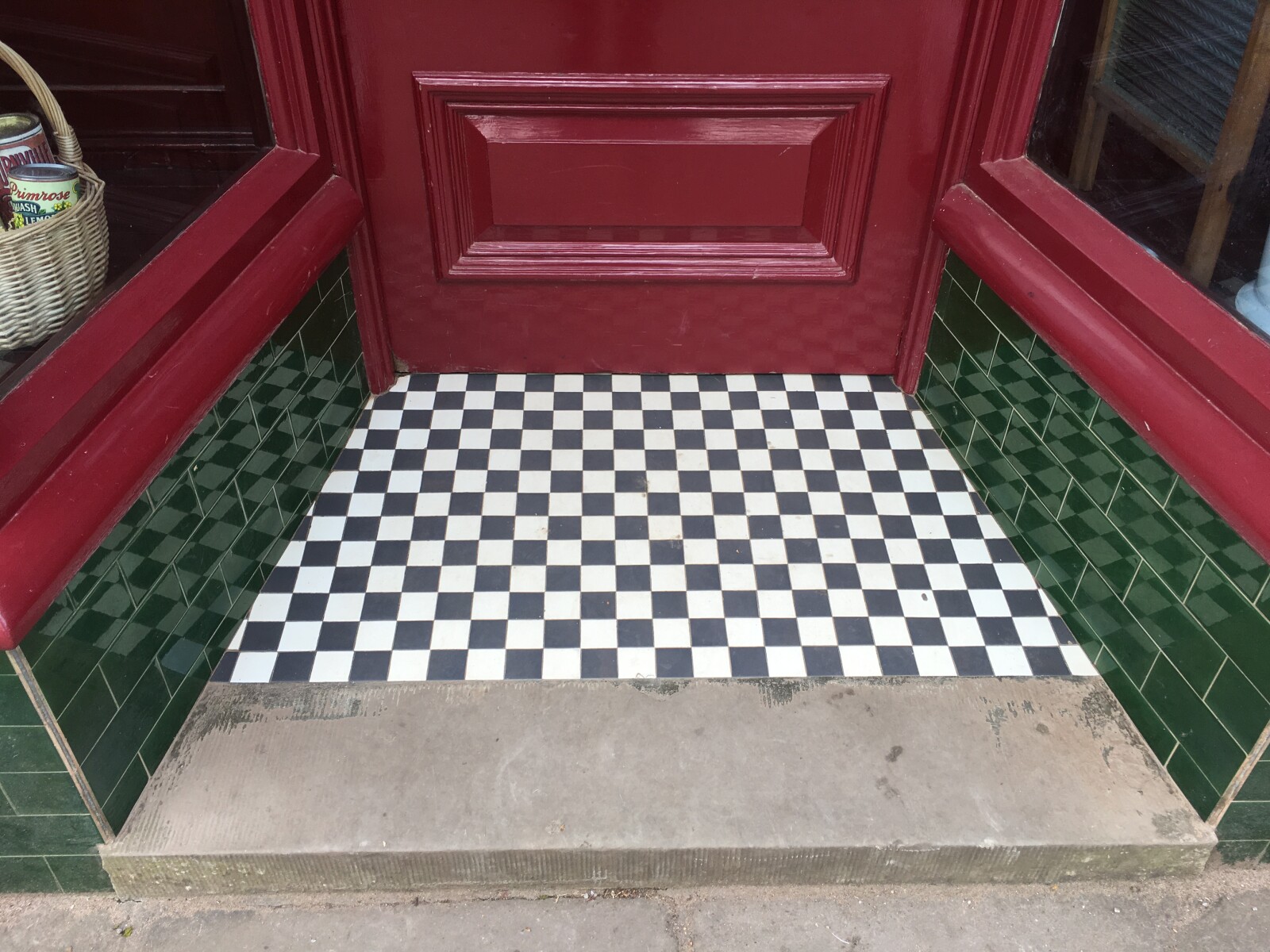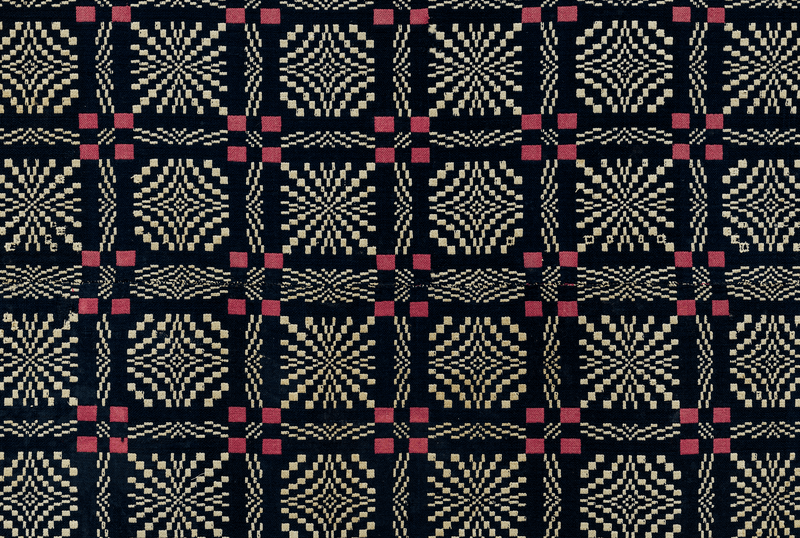Purposeful Patterns and Meaningful Marks
, 4 May 2019
Patterns are such a large part of our day-to-day culture that they can often go unnoticed. They are on the clothes we wear and the furnishings we buy for our homes and offices. The majority have no purpose other than decoration. Many of the patterns seen within our Collections however, are more than simple decoration. They were created to protect the home and its occupants from bad luck brought about by witches, curses and evil spirits. In this series of blogs, we will take a closer look at the purposeful patterns and meaningful marks seen here at St Fagans.
Carpenter’s marks can be seen chiselled into our timber-framed buildings such as Stryd Lydan barn. The frames of timber buildings were created in the carpenter’s yard and then pulled apart for transportation: these marks allow each element of the prefabricated frame to be confidently re-assembled at the build-site.
Atropaic marks (from the Greek word for ‘to ward off’ or ‘turn away’) can take many forms – burn marks on wooden beams, or engravings such as hashed lines and crosses on masonry, flowers drawn with a compass, serpentine lines, squares of alternating colours, or double ‘V’s. They were typically added to homes and agricultural buildings between 1600 and 1950. They were most commonly applied at ‘weak points’ where bad influences could enter homes with ease – doorways, windows and fireplaces.
Entoptic marks (‘things seen within the eye’) are geometric designs that form part of the earliest recorded art in the world. Our Gweithdy gallery contains a wealth of artefacts decorated with these designs. The 6,000 year old wooden beam from Maerdy and the carved stone from Barclodiad y Gawres both feature a serpentine trail. The 3000 year old clay pots known as beakers are decorated with striking alternating geometric designs. The Roman mosaic from Caerwent is composed of a central serpentine knot surrounded by alternating black and white triangles. Likewise, early Christian crosses are carved with interlaced knotwork. These patterns share many elements with the later atropaic marks and could represent the origin of that tradition. For instance, during the 19th and 20th centuries it was common to believe that a pattern drawn with a single unbroken line could fascinate and entrap evil spirits.
The next time you walk past a typical Victorian house, take a moment to consider the path of alternating coloured tiles leading to the doorway. Or when you go to bed, ask yourself why is it that Welsh blankets are so ‘loud’ when you’re trying to get to sleep? Maybe these too are part of the same tradition of drawing patterns with a purpose.

